
Understanding the E Scooter Throttle: How It Works and Why It Matters
The throttle is one of the most critical components of any electric scooter, yet it’s often overlooked by riders. Serving as the bridge between you and your e scooter’s motor, the throttle controls acceleration, speed, and overall ride experience.
Whether it’s a thumb or twist throttle, understanding how it works can significantly improve your riding performance, safety, and maintenance. In this guide, we’ll break down the mechanics of e scooter throttles, explore why throttle quality matters, and offer insights to help you get the most out of your electric scooter.
Types of E Scooter Throttles
When it comes to e scooters, the throttle plays a crucial role in controlling speed and acceleration. Understanding the different types of e scooter throttles can help riders choose the right model and improve their riding experience.
1. Thumb Throttle
The thumb throttle is one of the most popular e scooter throttle and is typically mounted on the right-hand side of the scooter’s handlebar. Riders operate it by pressing down with their thumb to increase speed, offering precise control over acceleration. Thumb throttles are favored for their ease of use, ergonomic design, and responsiveness, making them ideal for both beginners and experienced riders. Many high-end electric scooters feature durable thumb throttles that provide smooth acceleration and reliable performance even in stop-and-go traffic.
2. Twist Throttle
Twist throttles, on the other hand, function similarly to a motorcycle throttle. Riders rotate the handlebar grip to control speed, allowing for gradual acceleration and more intuitive control for some users. Twist throttles are often preferred by riders who seek a sportier or more natural riding feel.
Understanding these e scooter throttle types is essential for selecting an e scooter that fits your riding style, comfort level, and performance expectations. High-quality throttles not only improve ride experience but also enhance safety and responsiveness.
How an E Scooter Throttle Works
The throttle is one of the most important components of an electric scooter, controlling both speed and acceleration. Understanding how it functions can help riders choose the right scooter, optimize performance, and maintain their vehicle effectively.
1. Throttle Sensors: The Heart of Control
Most e scooter throttles use sensors to detect the rider’s input. The two most common types are:
-
Potentiometer Sensors: Measure the rotational or linear position of the throttle and convert it into an electrical signal.
-
Hall Effect Sensors: Detect changes in magnetic fields caused by throttle movement, producing precise and reliable signals.
These sensors translate physical actions, such as twisting, pushing, or pressing a thumb lever, into electrical signals for the scooter’s motor system.
2. How the Signal Controls the Motor
Once the throttle sensor generates an electrical signal, it is sent to the motor controller, the brain of the scooter. The controller adjusts the flow of electricity from the battery to the motor based on the throttle input.
-
Light throttle input: Less power flows to the motor → slow acceleration
-
Full throttle engagement: Maximum power is delivered → faster acceleration
This proportional control allows for smooth, precise acceleration and deceleration, enhancing both performance and safety.
3. Why Throttle Quality Matters
A high-quality throttle ensures:
-
Consistent responsiveness for a smoother ride
-
Accurate speed control in different riding conditions
-
Durability, reducing the need for frequent replacements or repairs
Poor-quality throttles can lead to delayed acceleration, jerky starts, or even safety hazards, making the choice of throttle a critical factor in overall e scooter performance.
Choosing the Right E Scooter Throttle
Selecting the right e scooter throttle is essential for maximizing both the performance and safety of your electric scooter. A high-quality throttle ensures smooth acceleration, reliable control, and long-lasting durability. When choosing a throttle, there are several critical factors to consider.
1. Compatibility with Different Scooter Models
Not all throttles are universal, so compatibility is the first consideration. Different e scooter brands and models may have unique motor controllers, voltage requirements, and throttle interfaces. Before purchasing a throttle, check the specifications to ensure it is compatible with your scooter’s battery and controller.
2. Durability and Material Quality
The longevity of your e scooter throttle depends heavily on the materials used and the build quality. Premium throttles are made from high-grade plastics, aluminum, or reinforced composites, which can withstand daily wear and tear, vibrations, and exposure to the elements.
3. Comfort and Ergonomics
Throttle comfort plays a significant role in ride experience, especially on longer journeys. Ergonomically designed throttles reduce hand fatigue, provide a natural grip, and allow precise control over acceleration.
-
Thumb throttles: Great for precise control and casual riding
-
Twist throttles: Offer a more intuitive, natural motion for riders who prefer gradual acceleration
Common Problems & Troubleshooting
The throttle is one of the most crucial components of an e-scooter, directly affecting acceleration, speed, and safety. Understanding the common e scooter throttle problems and how to troubleshoot them can save you time, money, and frustration.
1. Common E Scooter Throttle Problems
-
Jammed or Stiff Throttle: Dirt, grime, or misalignment can prevent the throttle from moving smoothly, resulting in poor responsiveness.
-
Loose or Damaged Wiring: Wires connecting the throttle to the motor controller can become frayed, disconnected, or corroded, causing intermittent function or complete failure.
-
Weak or Faulty Battery: A low battery can prevent the throttle from responding correctly or cut out during acceleration.
-
Faulty Brake Sensor: If brake levers are stuck or malfunctioning, the brake sensor may cut power to the throttle, rendering it unresponsive.
-
Physical Damage: Drops, impacts, or excessive force can damage the throttle housing, internal wiring, or the mechanical mechanism itself.
2. Troubleshooting and Fixes for E Scooter Throttle Issues
Check Electrical Connections
Inspect all wires running from the throttle to the motor controller. Tighten loose connections and look for signs of corrosion or damage. Faulty wiring is one of the most common causes of throttle failure.
Clean the Throttle Mechanism
Remove the throttle from the handlebar and clean it thoroughly. Use a soft brush or compressed air to remove dirt, dust, and debris that may be obstructing smooth movement.
Lubricate for Smooth Operation
Apply a small amount of electrical-safe lubricant to the throttle’s internal mechanism. This can restore smooth rotation or movement and prevent sticking.
Inspect and Adjust
Check for visible damage, misalignment, or friction with the handlebar grip. Ensure the throttle moves freely without rubbing against other parts.
Check the Battery
Ensure the battery is fully charged and functioning properly. A weak or faulty battery can cause throttle issues. Test the battery on another compatible scooter if possible or consider replacing it.
Examine Brake Levers
Stuck or faulty brake levers can trigger the brake sensor and cut power to the throttle. Ensure the brake levers return to their normal position freely.
Perform a Reset
Power the scooter off and on again. Some scooters may require a full system reset, often involving a specific sequence of button presses, to restore throttle function.
Replace the Throttle
If all other troubleshooting steps fail, the throttle itself may be defective. Replacing the throttle is often the final solution to restore proper acceleration and control.
E Scooter Throttle Replacement Guide
Replacing an e scooter throttle is a straightforward process if done carefully, and it can restore smooth acceleration and reliable performance to your scooter. Follow these steps to safely remove the old throttle and install a new one.
1. Preparation and Safety First
Before starting, always turn off the e scooter and disconnect it from any power source to prevent electrical shorts or accidental activation. Safety is crucial when working with the throttle and electrical components.
-
Disconnect the electrical connector: Locate the throttle wire connecting to the motor controller or main display, and carefully unplug it without cutting or damaging any wires.
-
Remove the handlebar grip: Depending on your scooter, grips may slide off using compressed air or may require careful prying or cutting. Always check manufacturer instructions for your model.
2. Removing the Old Throttle
-
Loosen the clamp bolt: Using the appropriate Allen wrench (commonly 3mm), loosen the bolt securing the throttle to the handlebar.
-
Slide off the throttle: Once the clamp is loose, carefully slide the old throttle off the handlebar.
At this stage, your handlebar should be clear and ready for the new throttle installation.
3. Installing the New Throttle
-
Feed the throttle wire: Thread the new throttle’s wire through the handlebar, pulling it out through the designated opening.
-
Position the throttle: Slide the new throttle onto the handlebar, ensuring it is correctly oriented for comfortable operation.
-
Secure the clamp: Tighten the clamp bolt to hold the throttle firmly in place. Avoid overtightening, which could damage the throttle body.
-
Reconnect the electrical connector: Ensure the plug clicks securely into the motor controller or display.
-
Reattach the grip: Slide the handlebar grip back into place. Using a small amount of soap and water or compressed air can help the grip slide on smoothly.
4. Final Checks and Testing
After installation:
-
Double-check that all connections are secure and that the throttle is aligned properly on the handlebar.
-
Turn the scooter back on and test the throttle by slowly engaging it to ensure proper acceleration and responsiveness.
-
Make minor adjustments if necessary to achieve comfortable and safe operation.
Maintenance Tips
Proper maintenance of your e scooter throttle is essential for ensuring smooth acceleration, reliable performance, and long-term durability. A well-maintained throttle not only improves ride quality but also enhances safety by preventing unexpected malfunctions. Here are key maintenance tips every e-scooter owner should follow:
1. Regular Cleaning
Dirt, dust, and debris can accumulate around the throttle mechanism over time, especially if you ride in wet or dusty conditions. Regularly clean the throttle with a soft, dry cloth or a gentle brush. Avoid using excessive water or harsh chemicals, as these can damage the sensor and electrical components.
2. Lubrication of Moving Parts
For throttles with mechanical parts, such as twist or thumb throttles, light lubrication can prevent stiffness and wear. Use a suitable electrical-safe lubricant sparingly on moving parts to maintain smooth motion. Over-lubrication can attract dirt, so apply only as needed.
3. Inspect and Secure Electrical Connections
The throttle relies on a stable connection to the motor controller and battery. Periodically check all wires and connectors for looseness, corrosion, or damage. Secure any loose connections to prevent intermittent throttle response or power loss. Properly maintained electrical connections are vital for consistent acceleration and safety.
4. Check for Physical Damage or Wear
Inspect the throttle for cracks, broken levers, or worn-out surfaces. Throttles that show physical damage may not function accurately and can pose safety risks. Replace any worn or damaged components promptly to maintain reliable control of your e-scooter.
5. Ensure a Healthy Battery
A fully charged and well-maintained battery is critical for optimal throttle performance. Weak or damaged batteries can cause slow acceleration, erratic throttle response, or even motor cut-offs. Regularly check your battery’s health and charge it properly according to the manufacturer’s instructions.
Conclusion
The e scooter throttle is essential for controlling speed, acceleration, and ride performance. Understanding its function, choosing a quality throttle, and keeping it well-maintained ensures smoother rides, better control, and long-lasting reliability. Proper care of your throttle means a safer, more enjoyable e-scooter experience every time.
iScooter E Scooter Collections:
Electric Scooter | Kids Electric Scooter | Electric Scooter for Adults | Electric Scooter with Seat | Off-Road Electric Scooter | Foldable Electric Scooter | Girls Electric Scooter | 1000W Electric Scooter | 2000W Electric Scooter | Boys Electric Scooter | Dual Motor Electric Scooter | Big Electric Scooter | Electric Scooter with Suspension | Lightweight Electric Scooter | Commuter E-Scooters | 3 Wheel Electric Scooter
Show more ▼iScooter E Bike Collections:
Foldable Electric Bike | Affordable Cheap Electric Bike | Electric Bike for Adults | Electric Motor Bikes | Trek Electric Bike | Fastest Electric Bike | Electric Road Bike | Full Suspension Electric Mountain Bike | Giant Electric Bike | Womens Ladies Electric Bike | Mens Electric Bike | Electric Bike with Throttle | Electric Gravel Bike | Electric Mountain Bike UK | Fat Tyre Electric Bike | Electric Hybrid Bike | Electric Motorised Bike | Electric Push Bike | 1000W Electric Bike | Cool Electric Bikes | Electric Off Road Bike | Pedal Assist Electric Bike | Good Electric Bikes | Small Electric Bike | Trek Electric Mountain Bike | 2000W Electric Bike | Full Suspension Electric Bike | Mini Electric Bike | Road Legal Electric Bike | Step Through Electric Bike
Show more ▼👍 Buying Guide | 🚴♂️ Riding Guide
📋 Feature Guide | ❓ Common problem
Product category
Electric Scooter
Cheap Electric Scooters for Adults | Fastest Electric Scooter | Kids Electric Scooter | Mini Electric Scooter
































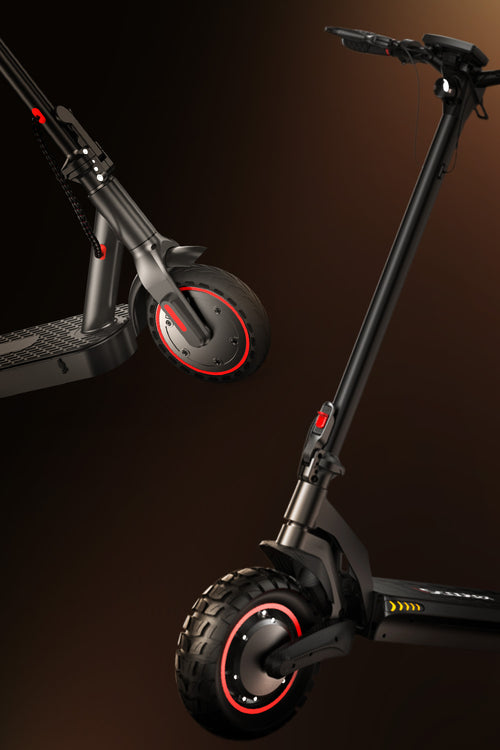
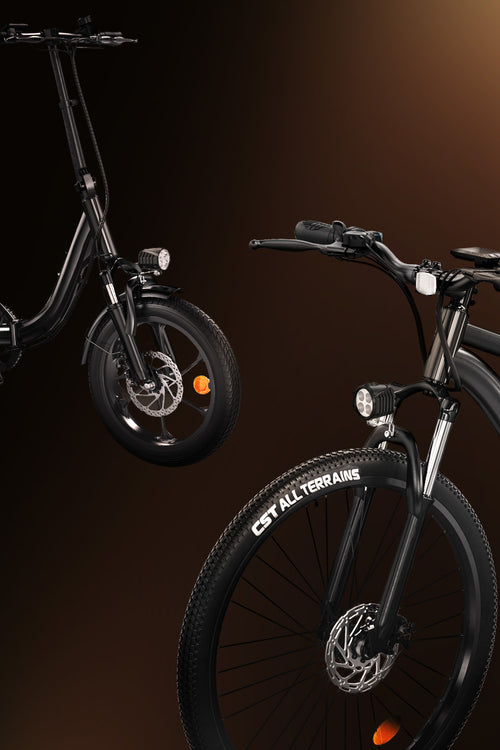














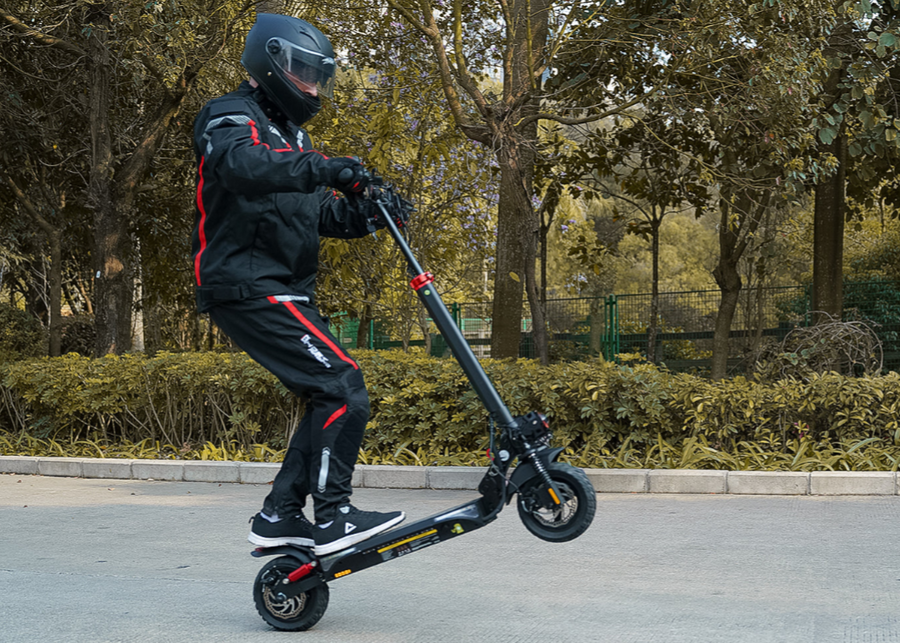
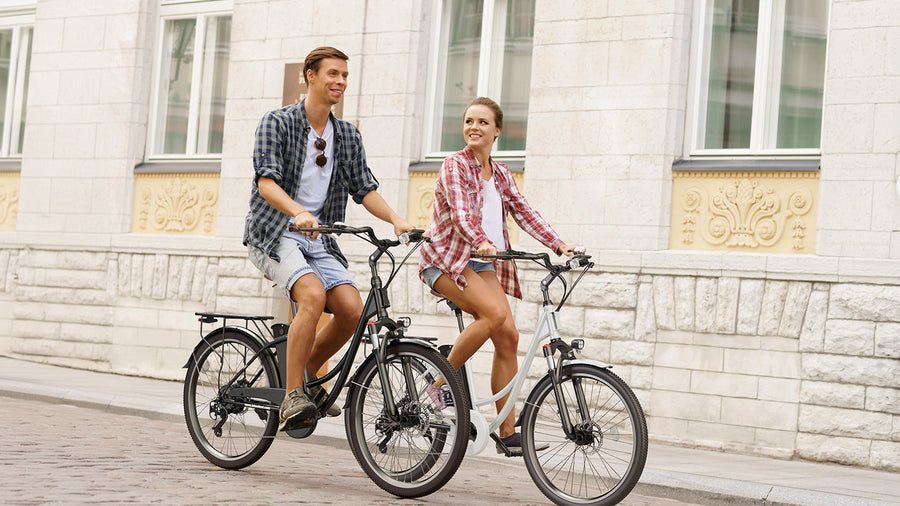
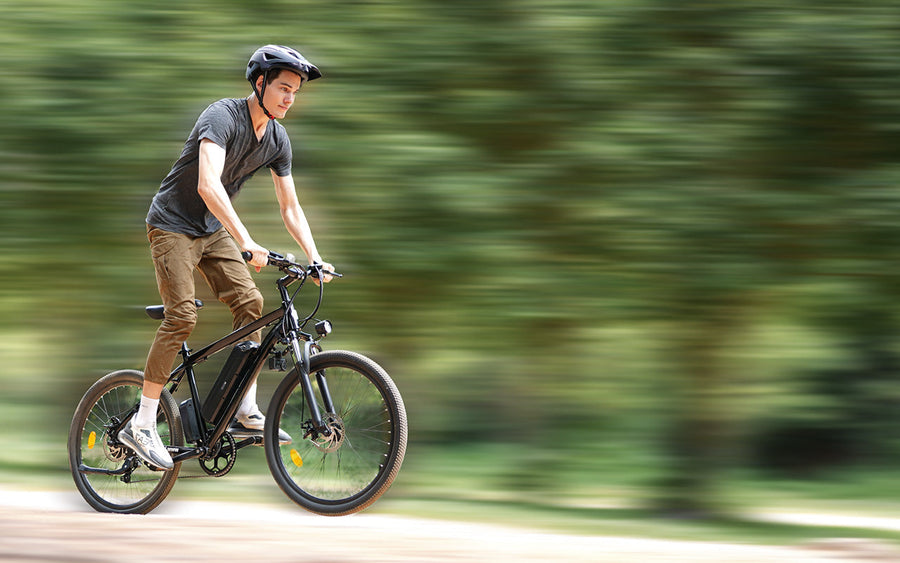

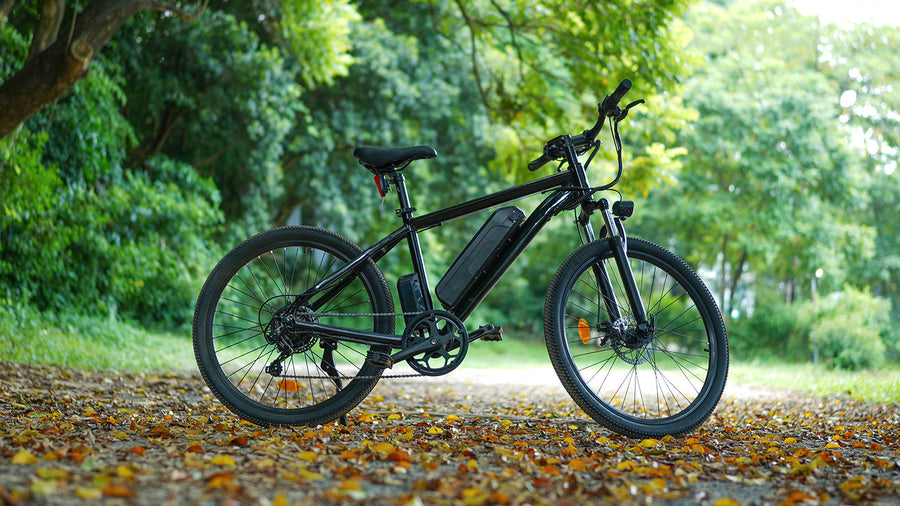
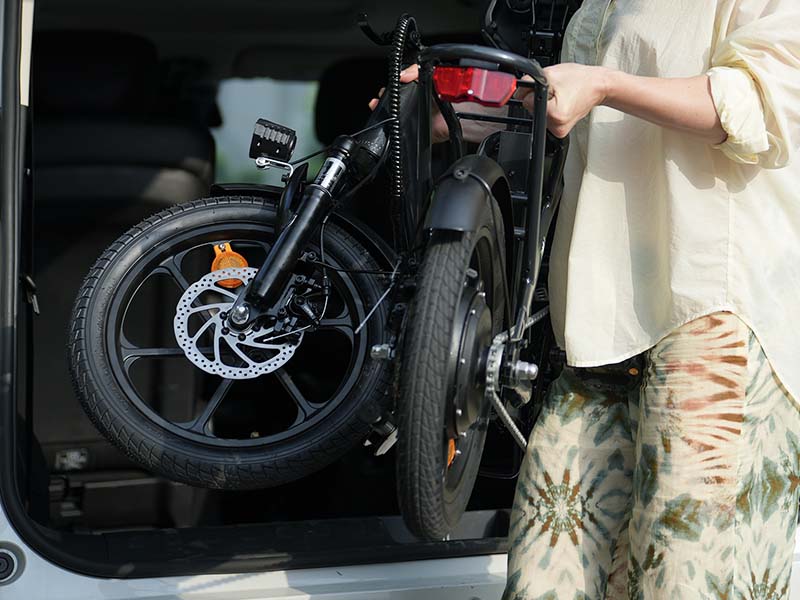
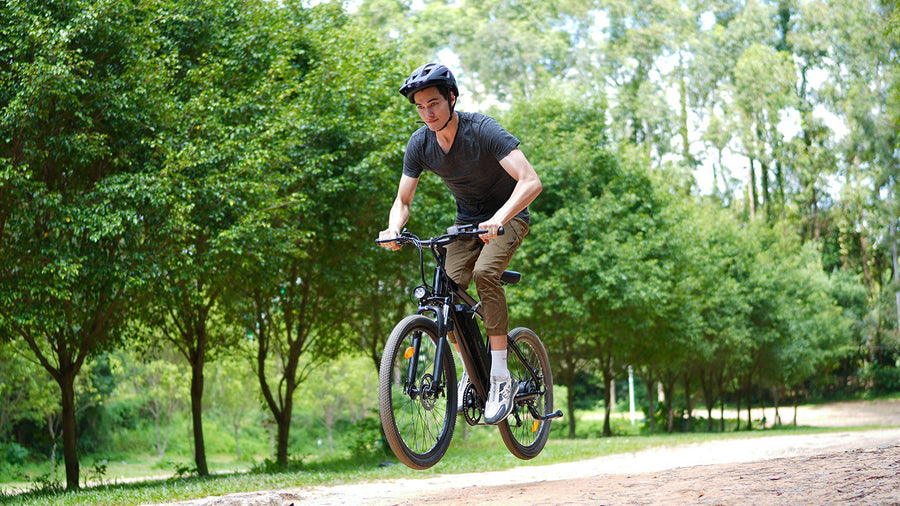









Article tags :
Leave us a message